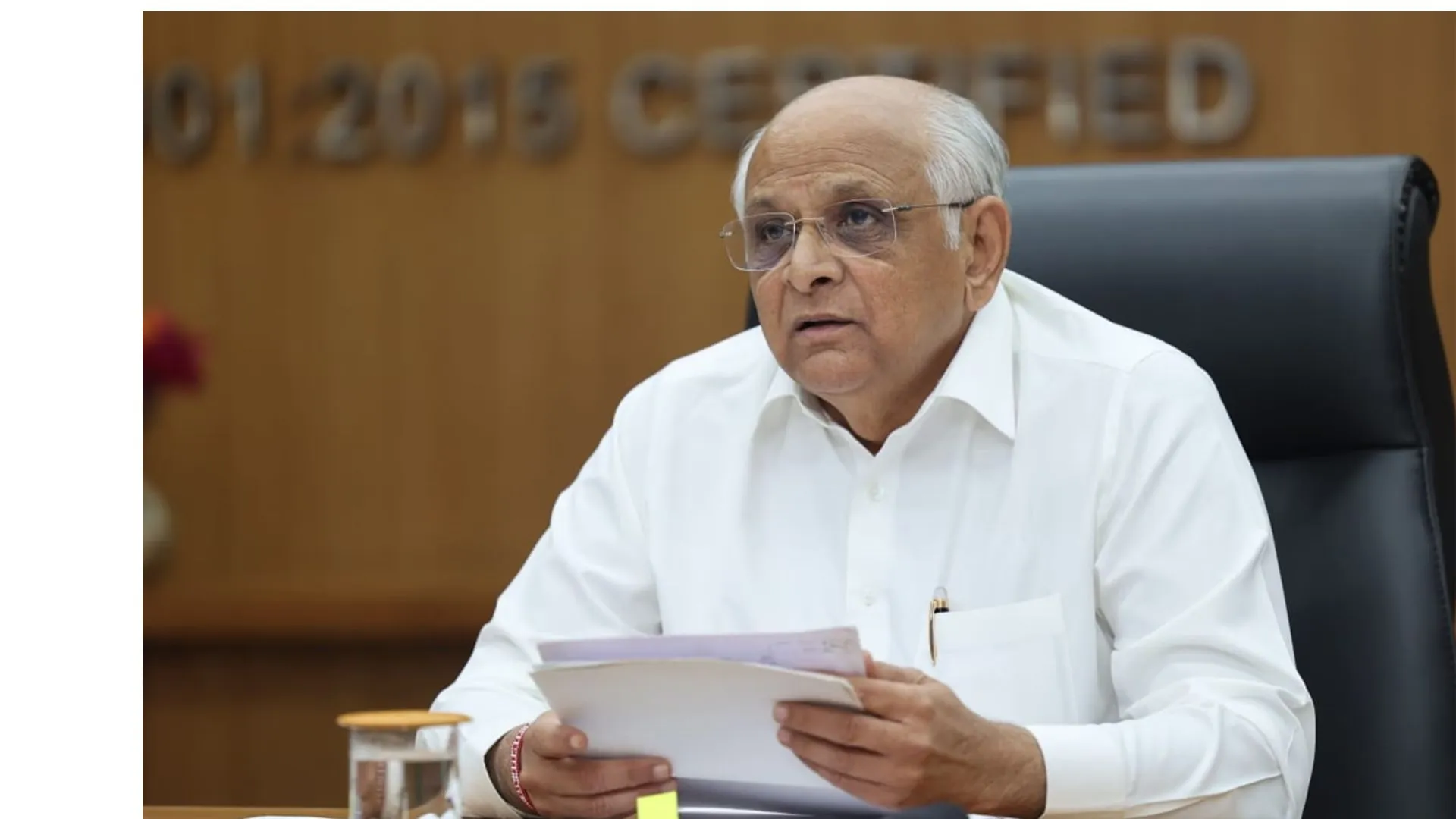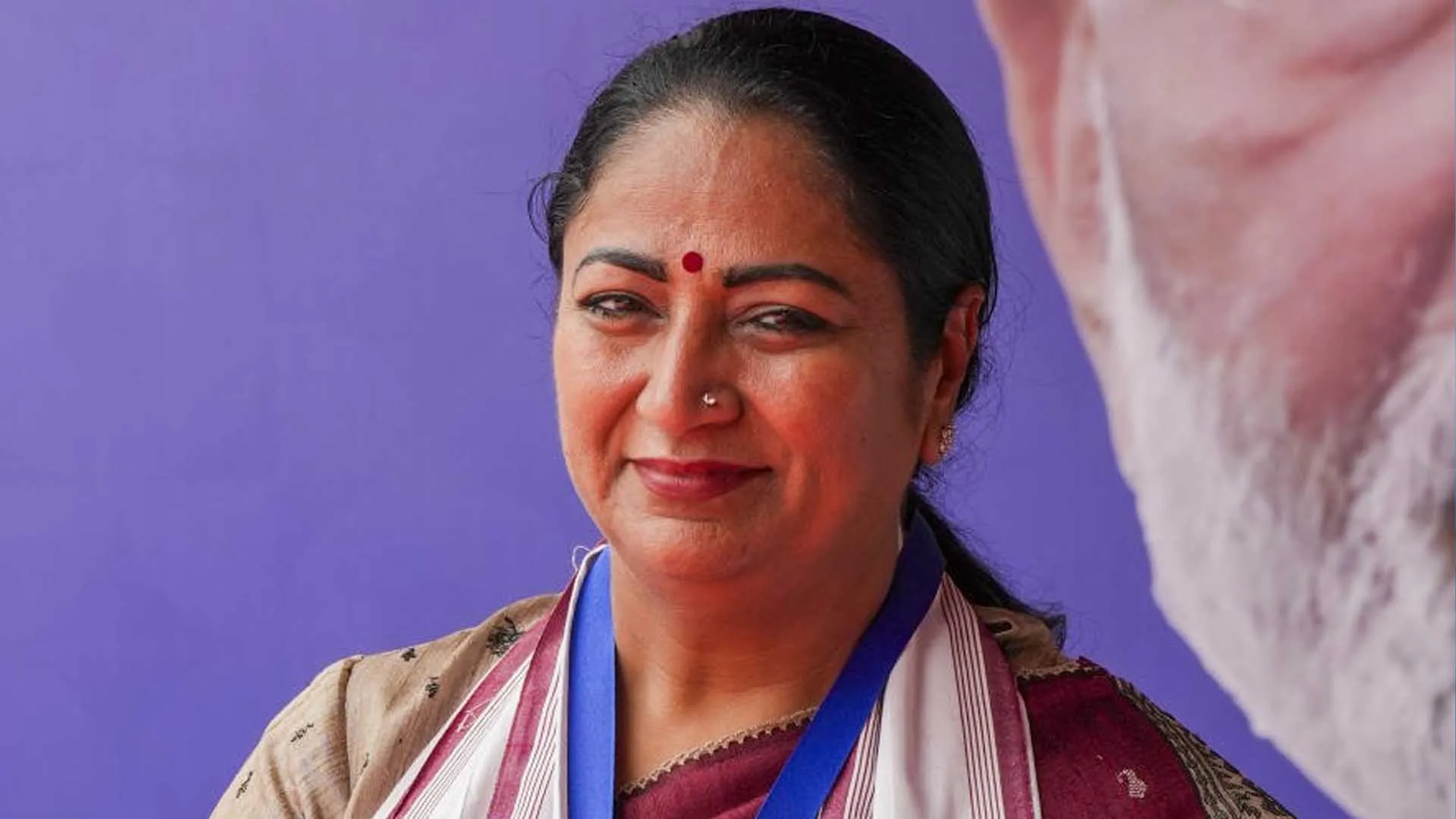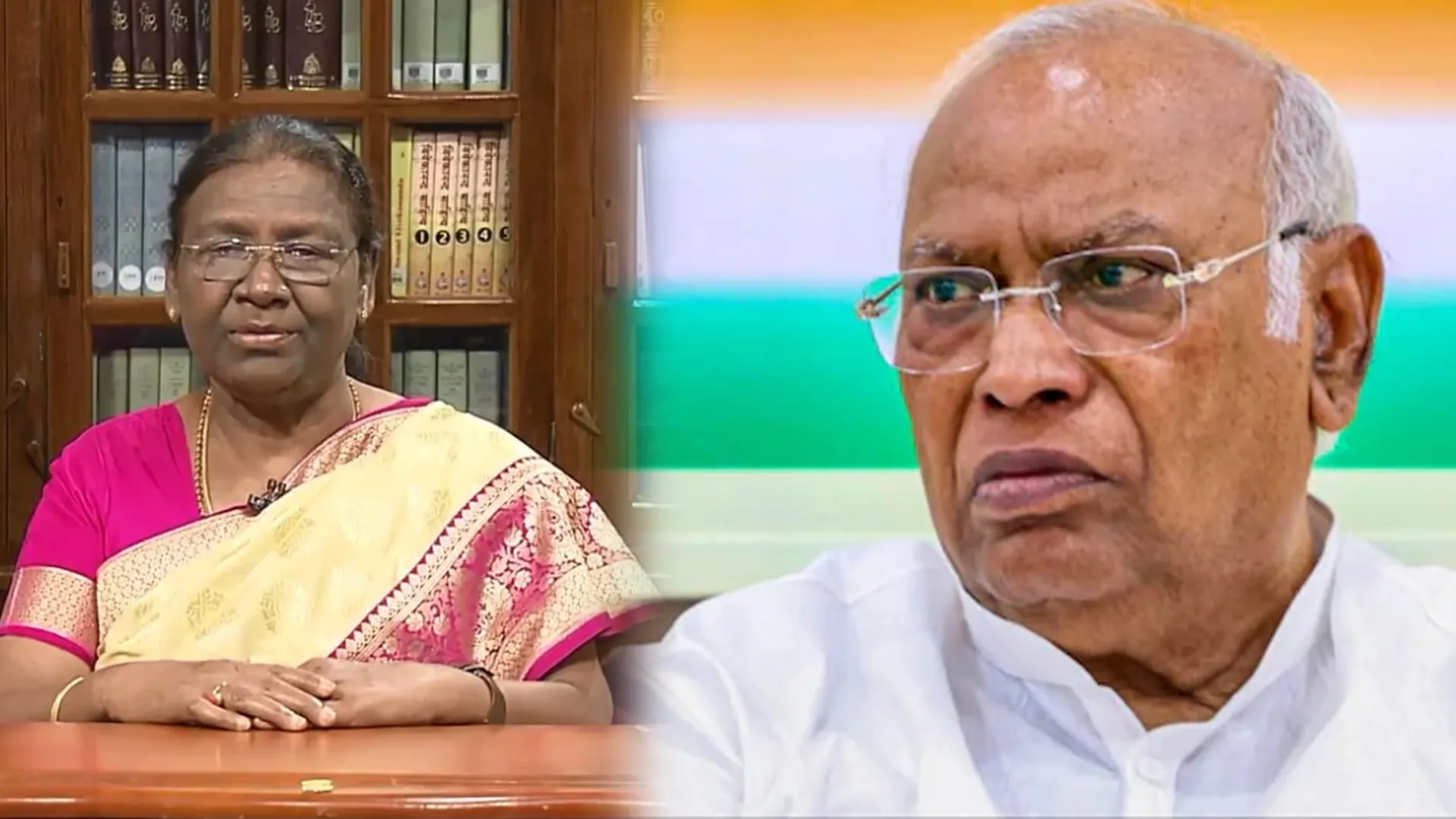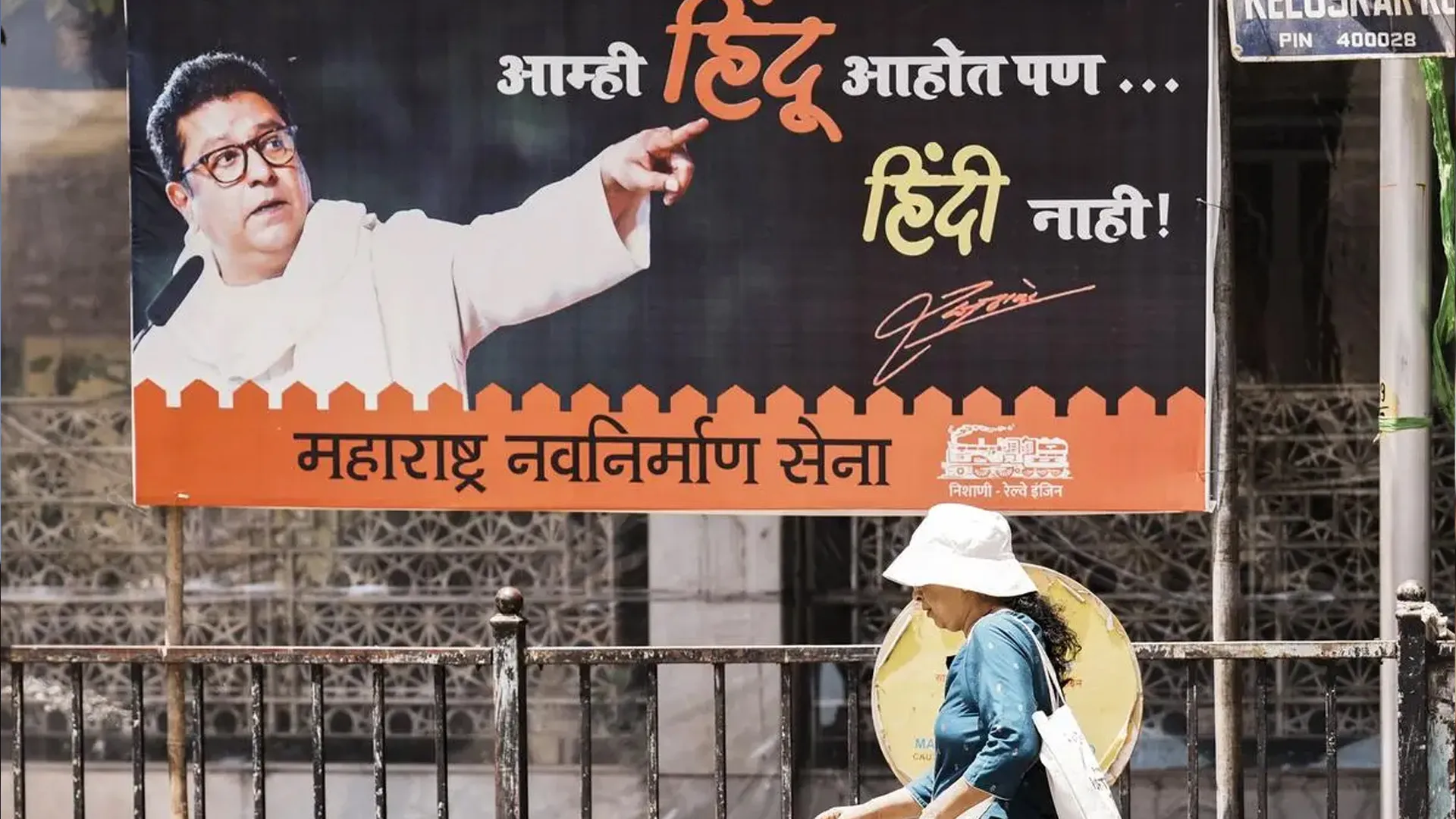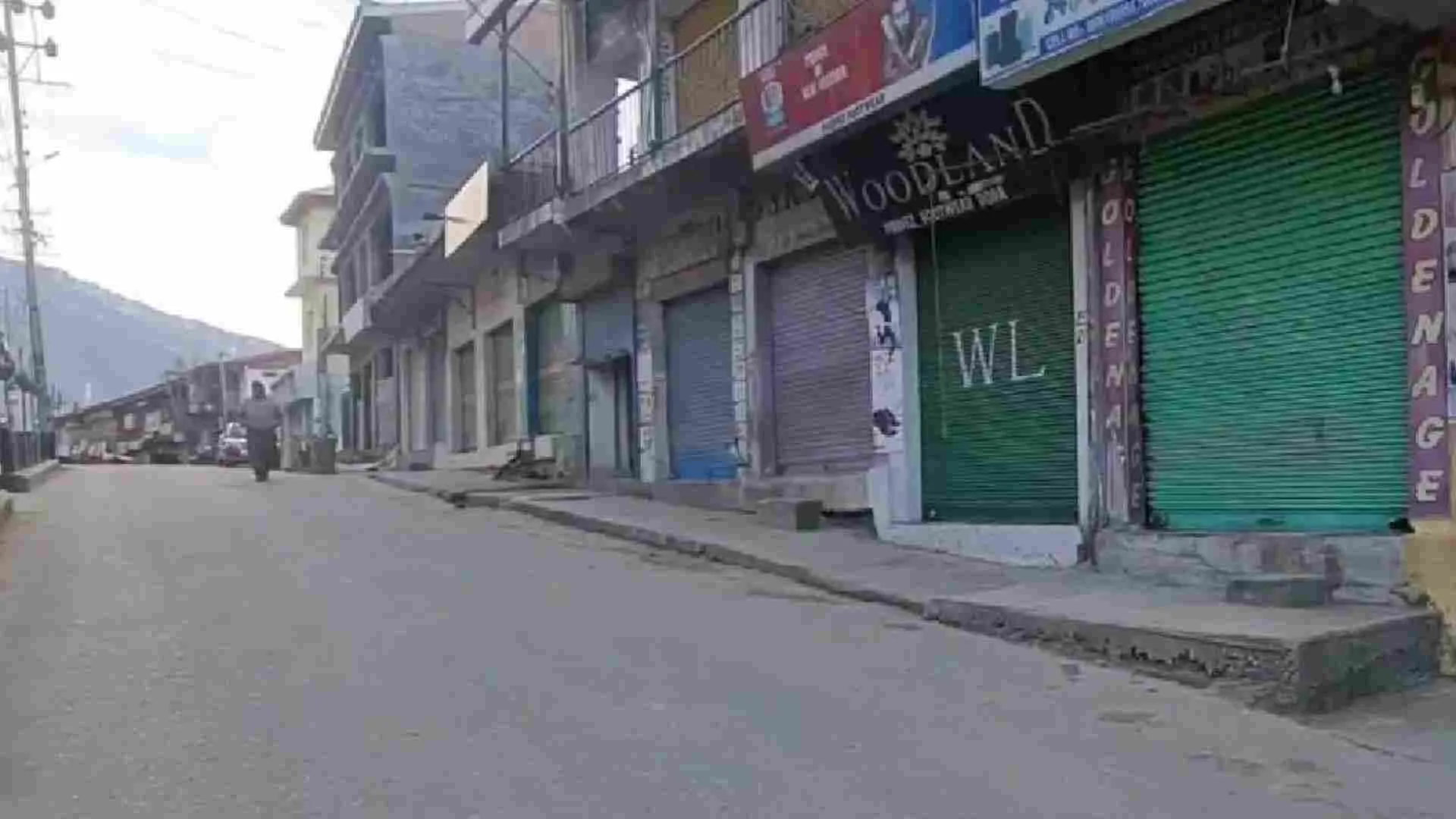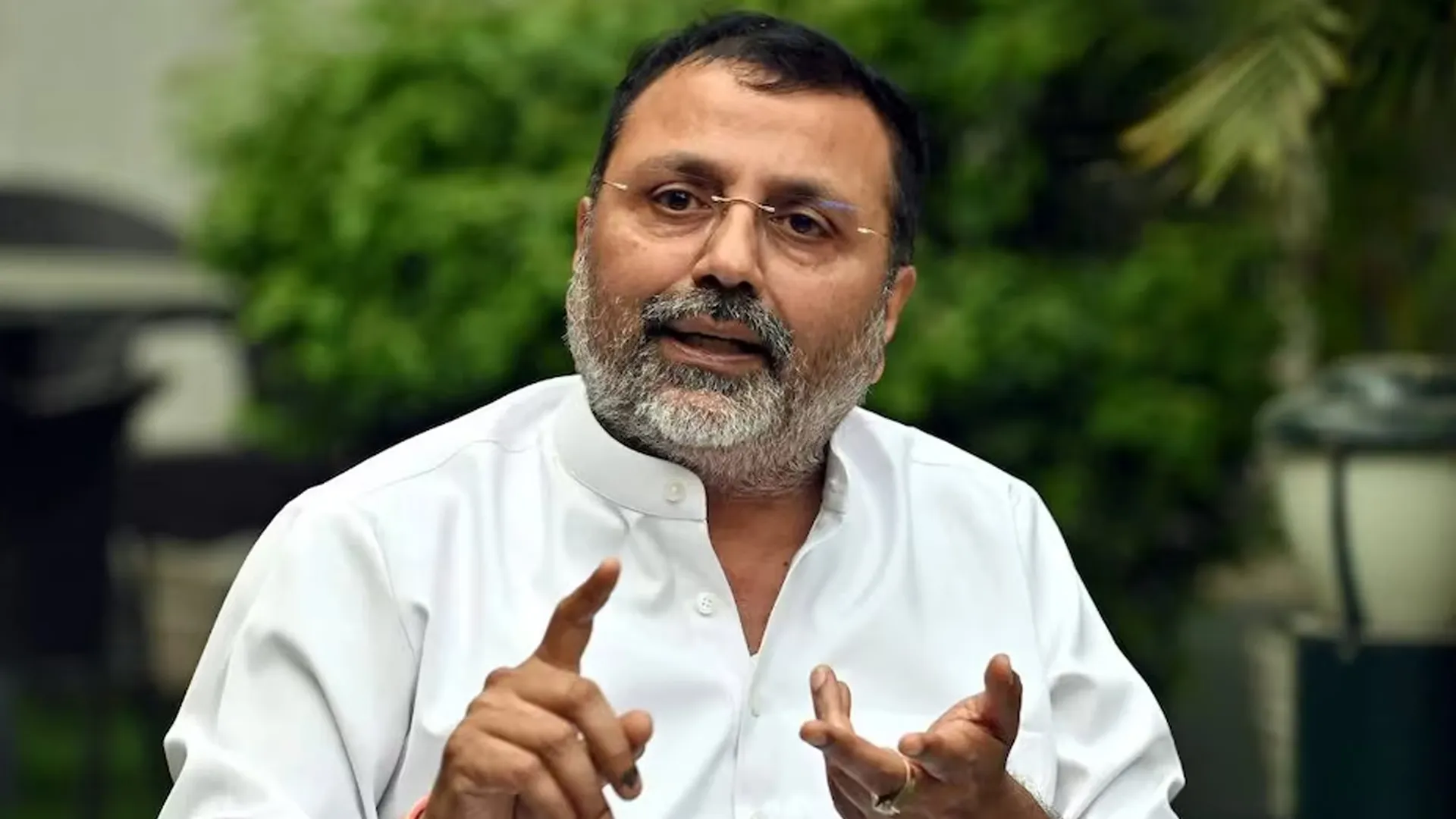In an era of high-octane politics and larger-than-life chief ministers, Gujarat’s current helmsman, Bhupendrabhai Patel, stands quietly apart. Ascending to the role in September 2021, Patel—an engineer-turned-politician with no prior ministerial experience—has led Gujarat through transformative policies and steady governance, all while maintaining a remarkably low political profile .
From Grassroots to Governance
Born on July 15, 1962, in Ahmedabad, Patel’s journey began at the community level. He served multiple terms as a councillor in Memnagar and later chaired the Ahmedabad Urban Development Authority. His reputation for being soft-spoken, diligent, and effective paved his path to the BJP legislative leadership after Vijay Rupani’s resignation. When asked about his leadership philosophy, Patel offered a concise, telling analogy: “I’m here to play a Test, not a T20 match.” This perfectly encapsulates his patient, long-term approach to governing.
A Flood of Progressive Policies
Under his stewardship, Gujarat has unveiled over a dozen transformative policies, spanning technology, entrepreneurship, agriculture, renewable energy, and health. Key among them are the Gujarat IT/ITeS Policy 2022–27, aiming to generate 100,000 direct jobs and elevate exports from ₹3,000 crore to ₹25,000 crore , and similarly ambitious programs in semiconductors, green hydrogen, biotechnology, and cinematic tourism.
In agriculture, Patel has overseen impressive strides, with tribal district of Dang achieving 100% natural farming, What began as a pilot has grown into a transformative model with wide economic, ecological, and social implications.Meanwhile, ongoing water conservation campaigns, such as the Sujalam Sufalam Jal Abhiyaan, (SSJA) – First introduced in 2018 and restarted in 2025 as SSJA 2.0.- Its main goal is to help Gujarat become a leading example for the rest of India in managing water resources wisely and planning for climate-related challenges in a sustainable way.
Patel’s commitment to inclusive welfare shines through in health and nutrition programs like the Suposhit Mata, Swasth Bal Yojana, focused on maternal and child well-being. Apart from this Healthcare infrastructure has seen rapid expansion, including the launch of AIIMS Rajkot, new medical colleges, improved dialysis services, and a doubling of coverage under PMJAY-MA from ₹5 lakh to ₹10 lakh per family.
Gujarat’s urban infrastructure and energy sectors are also thriving. Rooftop solar projects, expansive green energy parks, and CNG expansions are well underway. The Surat Metro is nearing completion, while flagship projects like GIFT City and the Surat Diamond Bourse continue to cement Gujarat’s status as a premier national and global investment hub.
Education remains a key focus. Under Patel, the government launched its 23rd Shala Praveshotsav, a campaign to address school dropouts across the state. The flagship Mission Schools of Excellence has introduced nearly 100,000 smart classrooms, bringing digital learning to countless children in both rural and urban areas. His government has also prioritized youth empowerment, expanding vocational training, through Kushalya Skill University.
Beyond domestic policy, Gujarat has garnered significant international attention. The state successfully hosted high-profile events such as the G20 summit and the 10th Vibrant Gujarat Summit, effectively showcasing its industrial prowess and investment readiness. Its aggressive push into the semiconductor sector has attracted major global players, including Micron, Tata Powerchip, CG Power, and Renesas—signalling Gujarat’s emergence as a future technology hub.
The Power of Discreet Leadership: What truly distinguishes Bhupendra Patel is his unassuming leadership style. He steers clear of controversy, preferring to collaborate with seasoned bureaucrat like Hasmukh Adhia and technocrat S.S. Rathore, which ensures efficient, consensus-driven decision-making. One of his early, impactful reforms was requiring ministers to be physically present in their districts at least five days a week—a simple yet effective measure to combat absentee governance and bring administration closer to the people.
His handling of Cyclone Biparjoy marked by massive evacuation efforts, earned him widespread national acclaim.
Challenges and Unwavering Support: Of course, Patel’s tenure hasn’t been without its critics. Opposition parties have raised concerns about Gujarat’s rising state debt, municipal finance issues, and gaps in environmental planning. Yet, Patel continues to enjoy strong public and political backing. The 2022 assembly elections saw the BJP achieve a historic win in Gujarat, securing an astounding 156 out of 182 seats—a resounding vote of confidence in Patel’s understated yet effective leadership.
What emerges is a portrait of a leader who doesn’t seek the spotlight but consistently delivers results. While other chief ministers might chase headlines, Patel lets his policies speak for themselves. His outreach has been extensive—traveling over 61,000 km and directly interacting with over 22,000 citizens in just 200 days—a testament to his deep-rooted connection with the populace and his methodical work ethic.
As Gujarat strives towards its ambitious goal of becoming a $1 trillion economy by 2047, Bhupendra Patel’s governance model may prove to be a crucial asset.

